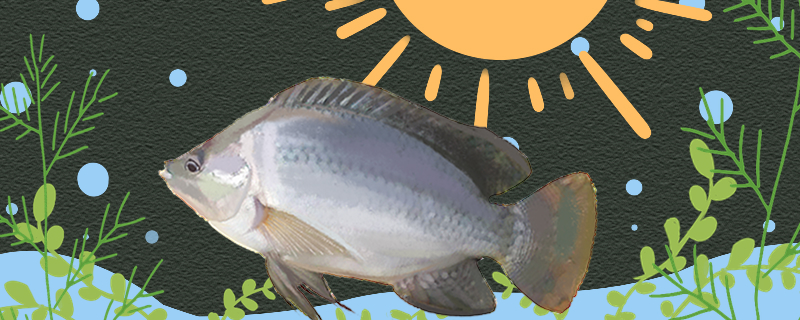
? Tilapia was originally a kind of fish living in Africa. Later, it was introduced into Asia. At present, it is also distributed in China, and many of them are cultured artificially. Tilapia generally live in freshwater basins, while cultured tilapia live in aquaculture ponds. They like to live in the middle and bottom layers and eat small plants, plant debris and animals in the surrounding environment. In addition, some tilapia live in cities and may be located near sewage outlets. Because tilapia itself has good adaptability, it can survive in water with slightly worse water quality.
? As mentioned above, some tilapia live in freshwater basins, some live in aquaculture ponds, and some live near urban sewage outlets. Therefore, whether tilapia is dirty or not depends on the specific individual. Tilapia living in rivers with better water quality are not dirty, and tilapia cultured in ponds are not dirty if they are carefully managed. Only those tilapia that live in dirty water are likely to be dirty, and not all tilapia can be considered dirty.
Tilapia itself is a kind of food, and it is nutritious, so it is welcomed by many people. In order to prevent tilapia from coming from dirty places, it is better to buy tilapia from regular channels. When dealing with tilapia, there is a black film on their belly, which can be removed, because the function of this film is to isolate all kinds of dirt, which may contain more harmful substances.